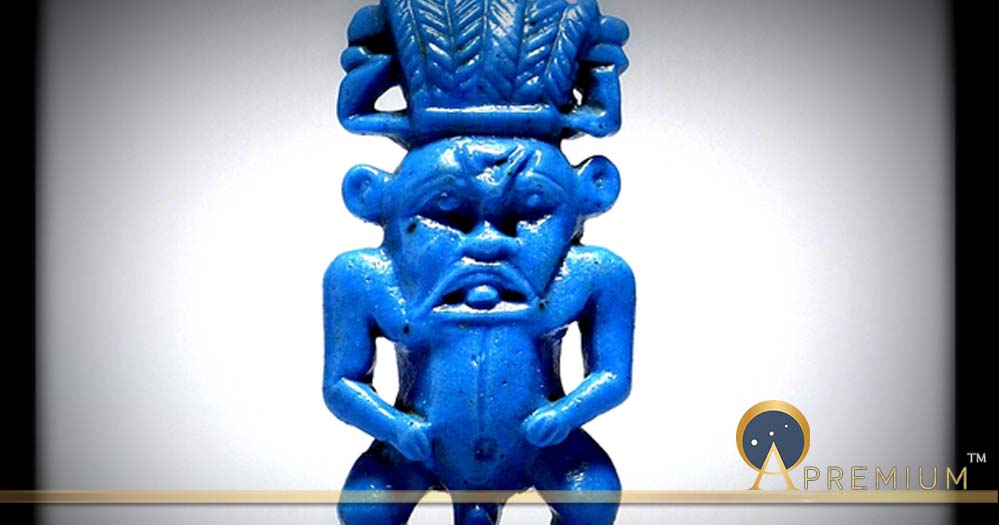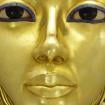Think Egypt Think Magic: The Power of Heka in the Life of King and Commoner – Part I
Ancient Egypt was renowned and respected for her wisdom, art and architecture by all those who came into contact with her. What also caught the attention of these admirers was the practice of magic that was hailed as a life-giver and sustainer; and also vilified in some quarters as a dark art. Regardless of the varied assessments by the outside world, the lives of devout Egyptians were inextricably intertwined with magic.

An eye made of glass and obsidian from a coffin belonging to the Late Period (724 - 333 BC). As an amulet, the popular Wedjat eye symbolized health and protection. (Los Angeles County Museum of Art)
Heralding the Power of Heka
Titus Flavius Clemens, better known as Clement of Alexandria declared in the early third century AD that: “Egypt was the mother of magicians”. Spanning several millennia, magic in ancient Egypt was a potent and inalienable force that operated in every strata of social life and dictated the daily lives of its citizens - embracing religion, politics, birth and death.
To many ancient peoples, magic was deeply entwined with science and religion, as it addressed concerns such as health and wellbeing, protection from evil, and revenge. In ancient Egypt, Mesopotamia, Greece and Rome, symbolic words, powerful objects, or esoteric rituals were used to fulfill desires through supernatural means.
Up until the Roman period, Heka (HkA) was the ancient Egyptian word for magic; this was later replaced by the Coptic word Hik (xik), a term that corresponded with the Greek word magia. In fact, there is no single, clear-cut definition of Heka; so it can be translated as a force of nature that can also assimilate the attributes of a divine being in human form. The theological manifestation of Heka is also present in tomb and temple representations as early as the Old Kingdom. In the 5th Dynasty funerary temple of the king Sahure, Heka heads a procession of nome (regional) deities bearing offerings to the king. In late period documents and on the walls of the Ptolemaic temples of Dendera, Edfu, Kom Ombos and Philae, Heka appears as one of the 14 kas of the sun-god Re, an idea that was already present in the Middle Kingdom Coffin Texts. Further, an ancient explanation for Heka reads: “the one who consecrates imagery”.
Like this Preview and want to read on? You can! JOIN US THERE ( with easy, instant access ) and see what you’re missing!! All Premium articles are available in full, with immediate access.
For the price of a cup of coffee, you get this and all the other great benefits at Ancient Origins Premium. And - each time you support AO Premium, you support independent thought and writing.
More upcoming in Part II, an Ancient Origins Premium series by independent researcher and playwright Anand Balaji, author of Sands of Amarna: End of Akhenaten.
[The author thanks Heidi Kontkanen for granting permission to use photographs.]
Top Image: This dwarf-like, protective deity was very popular in ancient Egypt. Bes is represented with the nude body of a dwarf, grotesque facial features, and the ears and mane of a lion. He wears a tall feather-crown and usually rests his hands on his hips. Known from as early as the Middle Kingdom circa 2000 BC. (Walters Art Museum)
By Anand Balaji



















